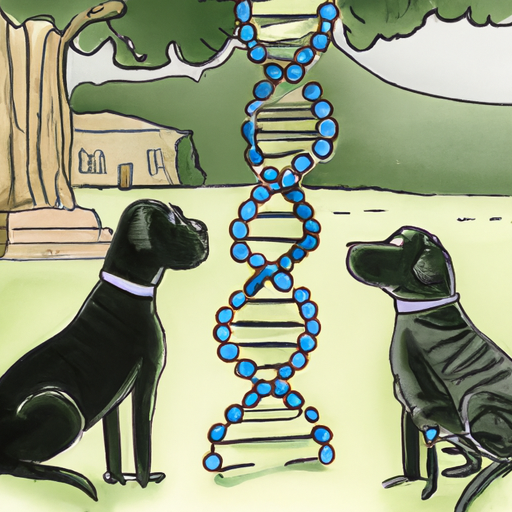The Intricacies of Canine Breeding
You may have wondered at some point about the ethics and implications of breeding closely related dogs. It’s a complex issue, with many factors to consider, from genetics to ethical considerations. Breeding dogs is not as simple as choosing two beautiful animals and letting nature take its course. Instead, it’s a meticulous process that requires a deep understanding of genetics and ethics.
Understanding Canine Genetics
Firstly, let’s delve into the world of canine genetics. When you breed dogs that are closely related, you increase the chances of recessive genes coming to the forefront. This can lead to a variety of health issues, such as hip dysplasia, heart disease, and certain types of cancer.
- Inbreeding Coefficient: This is a measure of how closely related two dogs are. The higher the coefficient, the more closely related the dogs are.
- Line Breeding: This involves breeding dogs that are related but not quite as closely as in inbreeding.
- Outcrossing: This is when you breed two dogs that are not related at all.
| Breeding Type | Risk Level | Genetic Diversity |
|---|---|---|
| Inbreeding | High | Low |
| Line Breeding | Medium | Medium |
| Outcrossing | Low | High |
The Ethical Dilemma
There’s no denying that breeding closely related dogs presents an ethical dilemma. As a caregiver, you’re likely to empathize with the potential suffering of dogs born with health issues due to inbreeding. It’s crucial to ask yourself if the potential risks outweigh the benefits.
The Role of Breeders
Breeders play a significant role in this process. Responsible breeders will prioritize the health and well-being of their dogs over any other considerations. They will:
- Avoid inbreeding wherever possible
- Ensure they are knowledgeable about canine genetics
- Regularly test their breeding dogs for health issues
FAQ
Q: How closely can you breed dogs?
A: It’s possible to breed closely related dogs, but it comes with increased risks of health issues due to the potential for recessive genetic conditions to manifest.
Q: What is the inbreeding coefficient?
A: The inbreeding coefficient is a measure of how closely related two dogs are. The higher the coefficient, the more closely related the dogs, and the higher the risk of health problems.
Q: What is the role of breeders in preventing inbreeding?
A: Responsible breeders prioritize the health and well-being of their dogs. They avoid inbreeding, have a strong understanding of canine genetics and regularly test their dogs for health issues.
In conclusion, while it’s technically possible to breed closely related dogs, it’s not without risks. As caregivers, our role is to ensure the well-being of our furry friends, and this includes making informed decisions about breeding practices.



